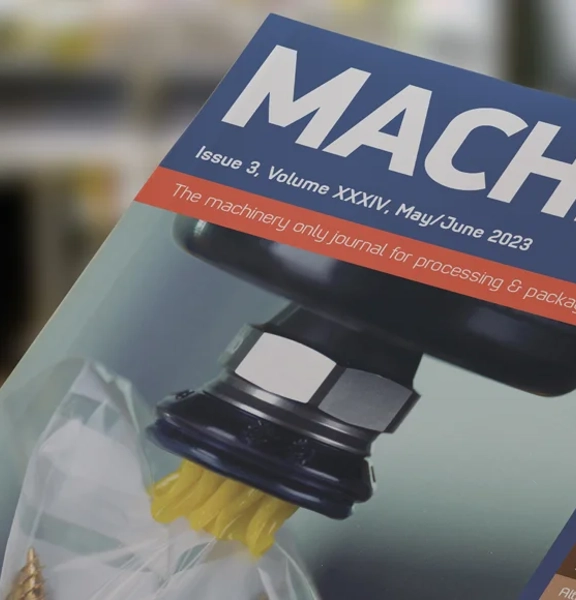Become a member
Take advantage of exclusive member benefits, world class events, networking and specialist support








 Become a member
Become a member 

A Schubert & Salzer sliding-gate valve is allowing operators to more closely maintain optimalprocess temperatures of 95 °C than was previously the case utilising other types of valve.
US Vanadium produces compounds of the metal for use in steel alloys, in sulphuric acid production and in the creation of vanadium redox flow batteries for storing energy on a large scale. The company worked with Schubert & Salzer when seeking to achieve a more constant temperature in the process used to leach the metal from steel slag and other sources.
Due to a constant replenishment of the continuous process, input quantities vary, and it is difficult to precisely hit and maintain the optimal suspension temperature of 95 °C. To solve this problem and increase efficiency, the vanadium producer tested one of the first US-made flanged sliding gate valves, type 8621 from Schubert & Salzer, at a central point in the process.
Process controls and project manager at US Vanadium Ben Davis says the result has been a huge success. “Commissioning the valve could not have been any easier,” he says. “The positioner is self-adjusting. Once the supply air and electrical connections are made, simply initiate the self-adjustment. The valve’s sliding gate design made installation a breeze due to the fact a smaller actuator is sufficient to control the valve, thus making the overall size more compact.”
The valve design, incorporating two slotted discs that slide against each other to form a seal, means that the actuator only has to overcome the sliding friction between the two discs over a valve stroke of just 6 to 9 mm. The required actuating force is up to 90% lower than with other valve designs, says Schubert & Salzer, which is why it is possible to use significantly smaller actuators. Despite the same overall length, the sliding gate valve type 8621 is much more compact in design and easier to handle than comparable globe valves, it adds.
The result has been a significant improvement in the manufacturing efficiency of extremely pure vanadium oxides. “The new valve has given us tighter control of heat energy into the process, which allows us to match heat energy required for incoming cold slurry, and therefore reduces temperature oscillations,” says Davis.
01952 462021